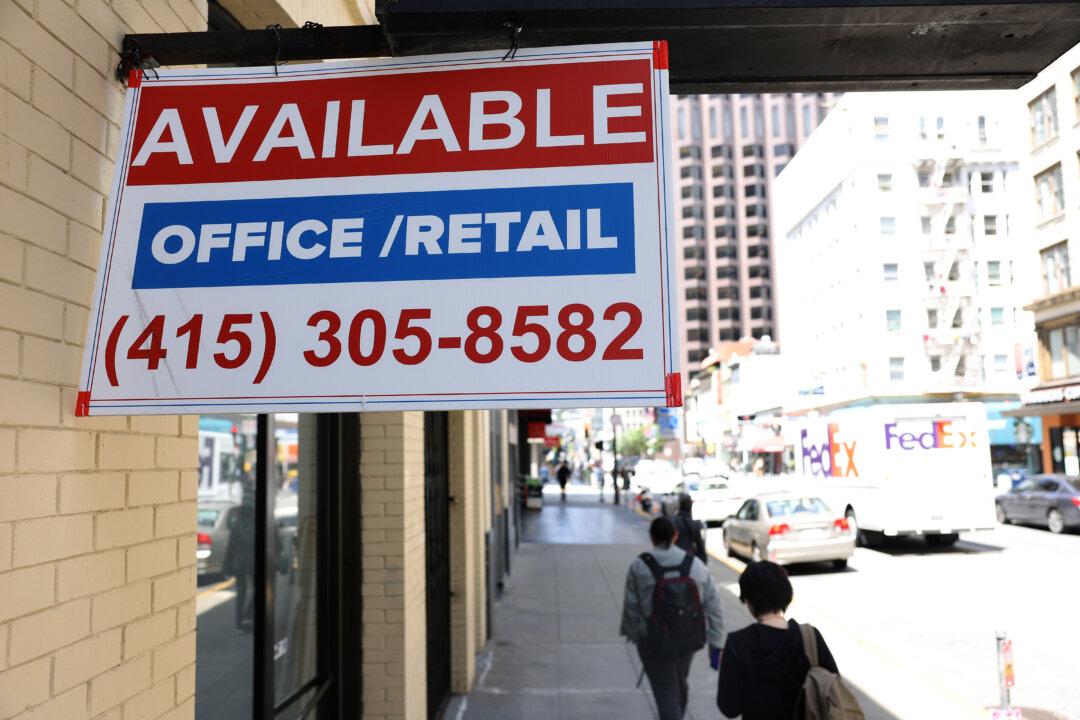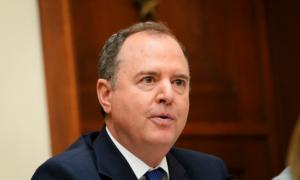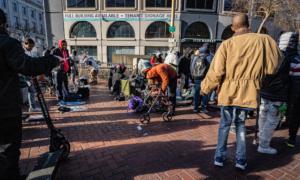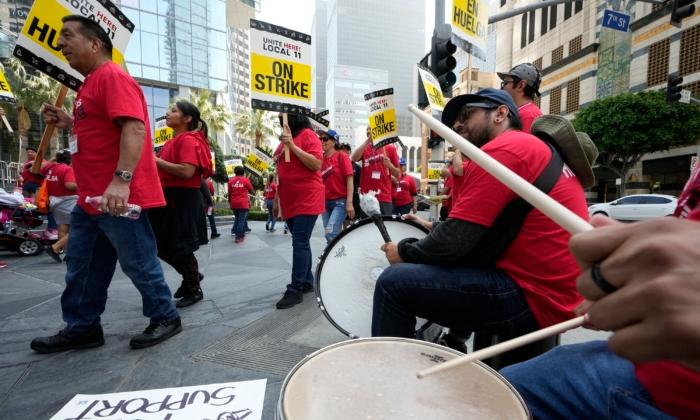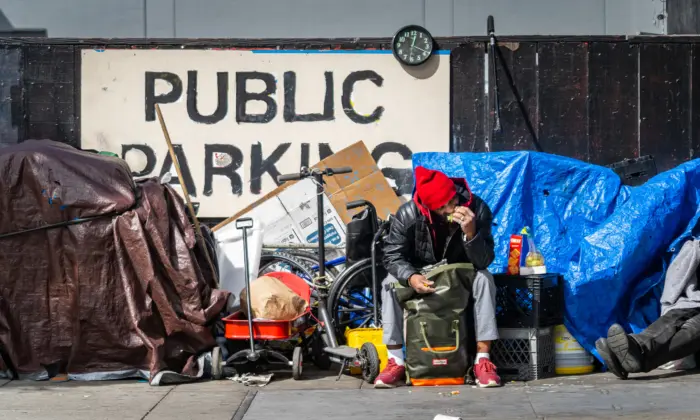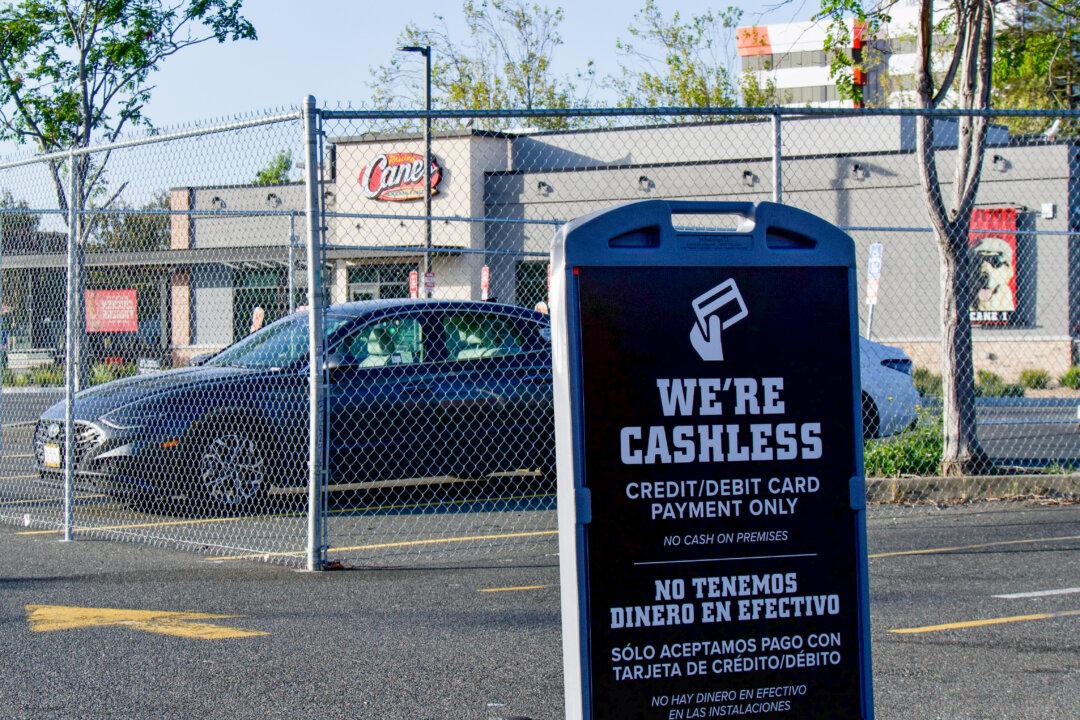A confluence of factors continues to impact San Francisco’s office market, with vacancy and availability rates reaching record highs in the first quarter of 2024, according to commercial real estate analysts at global companies Avison Young and CBRE.
Availability—the combination of vacancy and sublease opportunities in the market—reached 36.7 percent of all office square footage from January to April, according to recently released market analyses from the leading commercial real estate firms.
“We’re at mostly record levels, and I say that kind of cautiously optimistic,” Dina Gouveia, west region market intelligence manager for Avison Young, told The Epoch Times April 25.
According to Ms. Gouveia vacancies only saw a “slight uptick” during the first quarter which might mean such is slowing.
“[I]f we can continue that slower velocity of additional vacancies ... then it would be a very good indicator of us being near a bottom,” she said.
Much of the issue, experts say, is the city’s reliance on the tech industry, with more than 44 percent of its office space housing technology companies.
Additionally, tech firms lead the list of upcoming lease expirations—accounting for 45.8 percent, according to Avison Young.
San Francisco’s office market was deeply affected as the number of work-from-home employees skyrocketed during the pandemic, though recent trends show a slight return to the office.
Remote job postings fell more than 5 percent to 22.2 percent in the first quarter compared to the end of last year, according to the Avison Young report.
Job postings increased 22.7 percent in the first quarter following seven consecutive quarters of decline. The listings were led by legal services, engineering, consulting, research, accounting, and recruiting companies. Media and tech industries, however, both experienced declines, according to the report.
Unemployment, however, ticked up to 4.4 percent in the first quarter, a sharp increase from its low of 2.3 percent in June 2022.
According to the report, slightly less than 1 million total square footage was leased in the first quarter—a 63.3 percent drop from the five-year pre-pandemic average.
Analysts noted signs they deemed optimistic, including Netherlands-based payment company Adyen’s sublease of space at 505 Brannan Street—in the city’s South of Market district—and multinational accounting company KPMG’s lease renewal at 55 2nd Street, in the city’s financial district. Combined, those leases total 300,000 square feet, experts said.
Sublease opportunities offer lower rents than signing new leases that require build outs and significant capital to develop properties, which is spurring the sector of the market, while also allowing businesses with existing leases to rent out some of their vacant space.
“The amount of sublease activity that we’ve seen has increased a lot because tenants are looking for plug-and-play opportunities,” Ms. Gouveia said. “A lot more activity is happening because tenants ... want to take advantage of pre-built spaces and lower rents.”
High interest rates are making it harder for companies with limited cash to refinance loans. At the same time, rates are also slowing down new purchases, according to analysts.
With an uncertain market—in part due to conflicting signals from the Federal Reserve about the future of interest rates—prospective tenants are seeking flexibility when looking to renew leases or relocate.
“Interest rates are a huge catalyst,” Ms. Gouveia said. “We’re hearing a little bit of two different stories that interest rates are going down and then they’re not. If the interest rates do come down ... that will stimulate the commercial market quite a bit.”
In response, the highest quality properties have seen lease term lengths decrease from quarter-to-quarter to make them less risky.
Such wariness from tenants is forcing some landlords to lower rents and offer concession packages to attract business, though a disparity still remains between what tenants want to pay and what landlords can offer given their current debt load.
Many landlords are working with their lenders to restructure debt before loans come due, and analysts expect rent prices to become more favorable for tenants once such is realized.
“Rents will definitely come down,” Ms. Gouveia said. “And once that debt workout happens, there’s going to be a larger reset.”
Distressed properties at risk of default are creating buying opportunities of which private buyers are increasingly taking advantage. Industrial investors and real estate investment trusts, however, are on the sidelines, with 100 percent of all investment activity coming from private buyers in the first quarter, according to the report.
On the other hand, the percentage of private sellers also increased to begin the year compared to prior years, with analysts pointing to uncertainty that their debt can be restructured due to high interest rates and limited financing opportunities.
Refinancing has proven challenging because lenders are reluctant to write loans for office buildings because defaults are looming and valuations are plummeting, with true market values unclear, according to analysts.
A pending election is also slowing activity, as many firms want more certainty before making large capital decisions.
“Because we’re coming up on an election year, a lot of companies go dormant on their expansion plans, and servicers are also in that wait-and-see mode,” Ms. Gouveia said.
Another global commercial real estate leader, CBRE, found that San Francisco’s office market is facing unique challenges given crime and homelessness impacting the city.
According to Colin Yasukochi, executive director of CBRE’s Tech Insights Center, more office tenants are signing new leases, showing a willingness to recommit to the city, but are still somewhat tentative when doing so.
“This dynamic is still somewhat tenuous as employers and their employees still have concerns about public safety and the cost of doing business,” he told The Epoch Times by email.
Noting that some workers are returning to the office for more days a week he suggested such is not enough for a recovery, which, he said, will require a desire to compete in a robust economic environment.
“Additional mandates are unlikely to increase office attendance materially at this point, but rather a booming economy will compel more people to want to be in the office and be better connected to the next growth cycle,” Mr. Yasukochi said.
While artificial intelligence could play a significant role in buoying the tech sector that the city relies on, a fast recovery, he said, is not anticipated.
“The San Francisco office market is beginning to transition out of its four-year downturn,” Mr. Yasukochi said. “While it will take many years to rebalance supply and demand, we are starting to see positive signs.”
